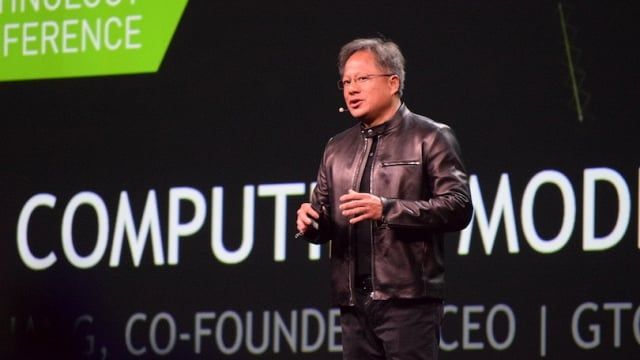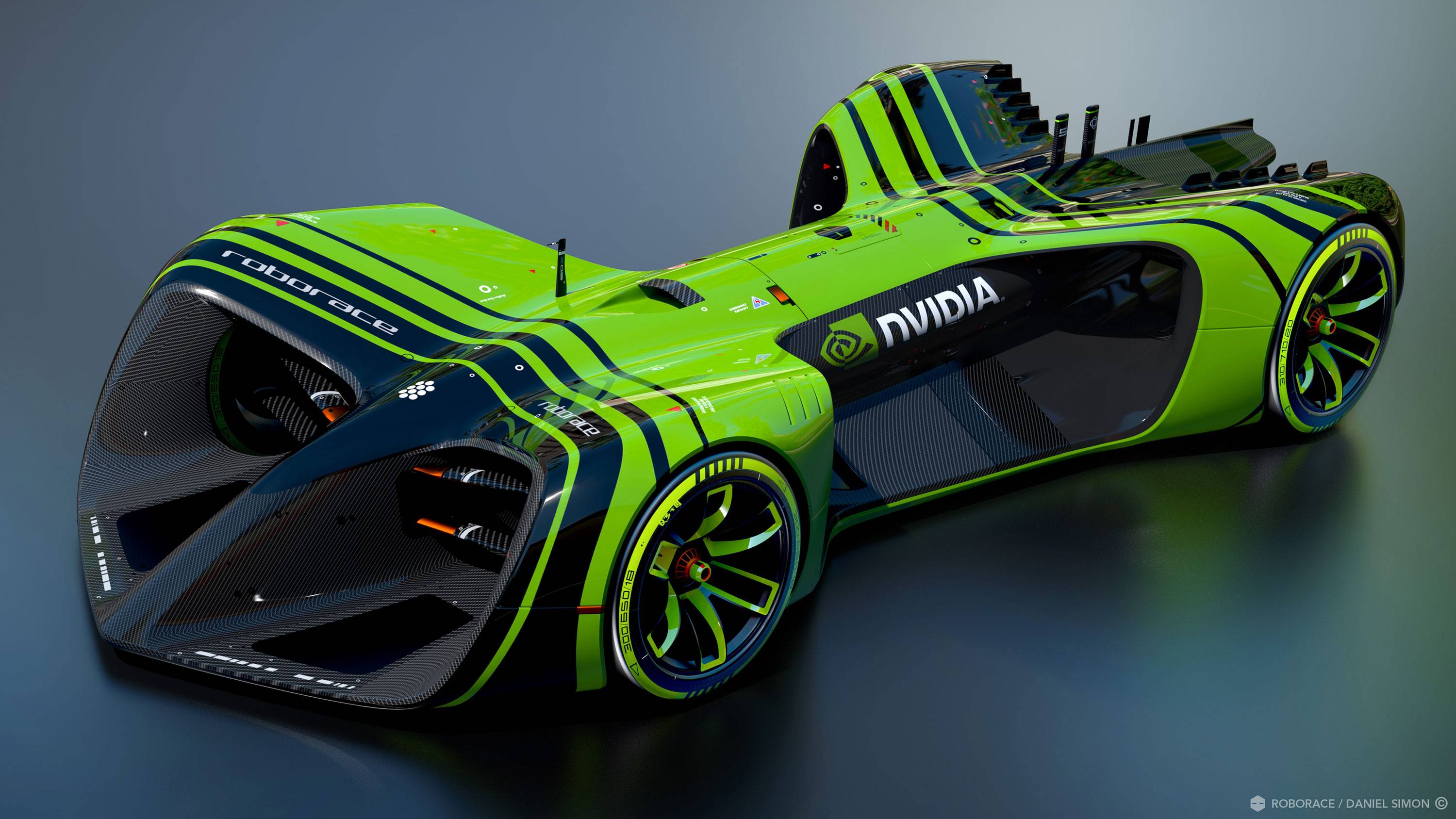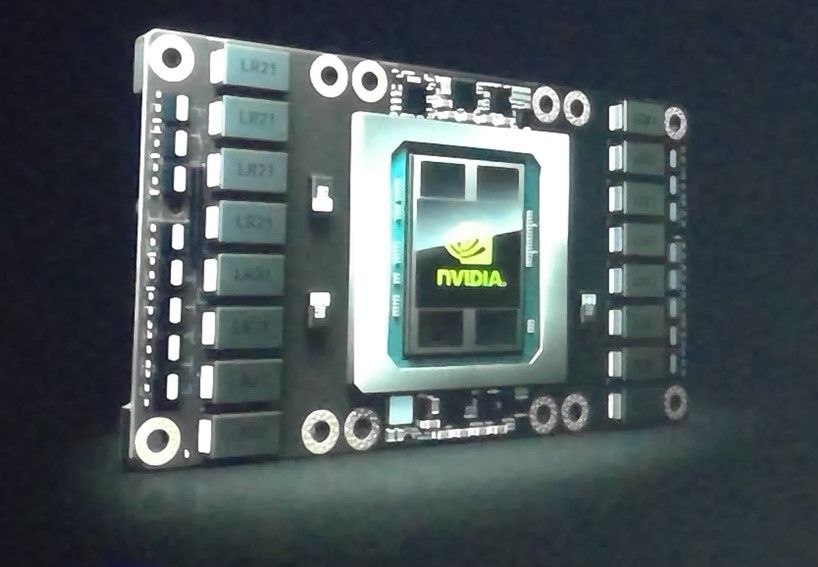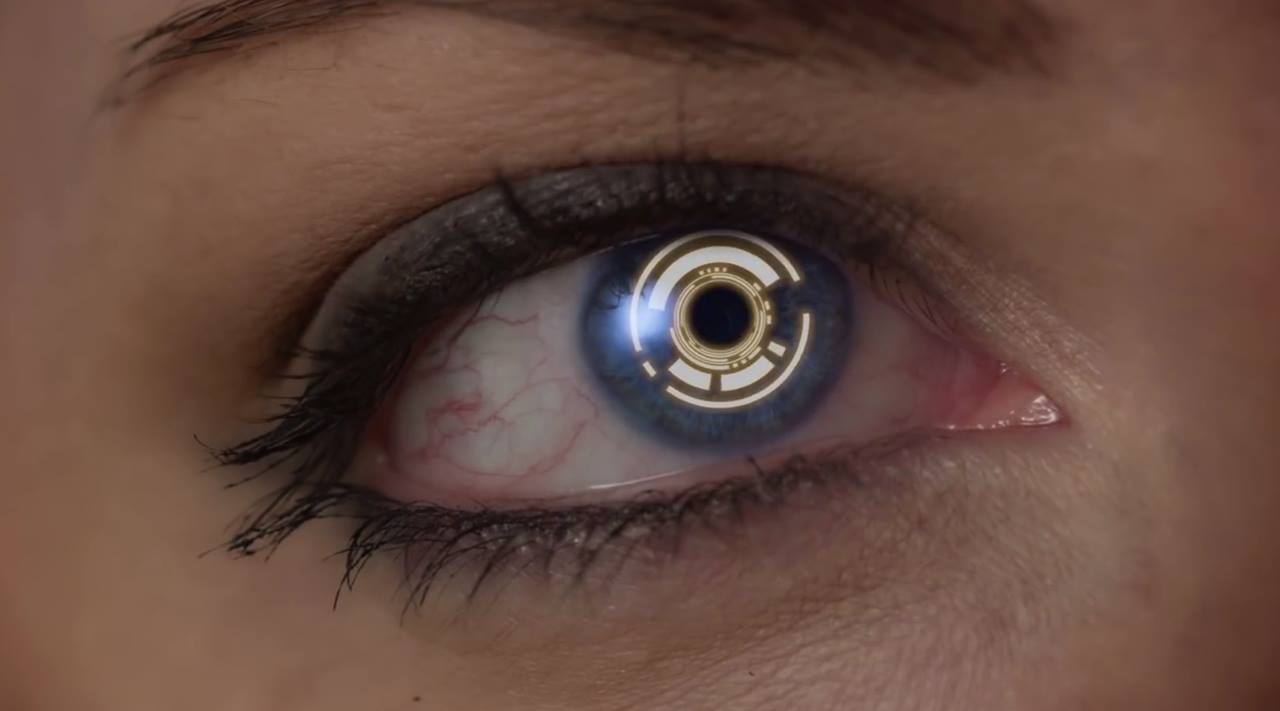Page 11623
Apr 5, 2016
International Petition against Autonomous Weapons
Posted by Karen Hurst in categories: biotech/medical, computing, drones, engineering, robotics/AI
Stuart Russell received his B.A. with first-class honours in physics from Oxford University in 1982 and his Ph.D. in computer science from Stanford in 1986. He then joined the faculty of the University of California at Berkeley, where he is Professor (and formerly Chair) of Electrical Engineering and Computer Sciences and holder of the Smith-Zadeh Chair in Engineering. He is also an Adjunct Professor of Neurological Surgery at UC San Francisco and Vice-Chair of the World Economic Forum’s Council on AI and Robotics. He has published over 150 papers on a wide range of topics in artificial intelligence including machine learning, probabilistic reasoning, knowledge representation, planning, real-time decision making, multitarget tracking, computer vision, computational physiology, and global seismic monitoring. His books include “The Use of Knowledge in Analogy and Induction”, “Do the Right Thing: Studies in Limited Rationality” (with Eric Wefald), and “Artificial Intelligence: A Modern Approach” (with Peter Norvig).
Abstract:
Autonomous weapons systems select and engage targets without human intervention; they become lethal when those targets include humans. LAWS might include, for example, armed quadcopters that can search for and eliminate enemy combatants in a city, but do not include cruise missiles or remotely piloted drones for which humans make all targeting decisions. The artificial intelligence (AI) and robotics communities face an important ethical decision: whether to support or oppose the development of lethal autonomous weapons systems (LAWS).
Apr 5, 2016
How artificial intelligence will impact the role of security pros
Posted by Karen Hurst in categories: quantum physics, robotics/AI, security
Granted AI performs well at identifying, predicting how to respond through analyzing patterns and information, etc. However, AI is not completely hacker proof at this point. AI still requires close monitoring by humans. The bottom line is until the existing net infrastructure and digital platforms are Quantum based; it will be hard to make AI hacker proof and fully autonomous due to the risks with the existing digital technology.
In the new battle between man and machine, how does artificial intelligence impact the security professional?
![]() Posted by Ben Rossi.
Posted by Ben Rossi.
Continue reading “How artificial intelligence will impact the role of security pros” »
Apr 5, 2016
IBM Watson is Working to Bring AI to the Blockchain
Posted by Karen Hurst in categories: bitcoin, computing, finance, internet, quantum physics, robotics/AI, security
I consider this as a nice interim step in maturing the digital platform environment for financial services. However, once Quantum Computing, Quantum Internet, etc. is available to the masses such as in China, etc. this solution will fail in protecting financial data and other PPI related information as recent research is showing us.
IBM is currently attempting to merge artificial intelligence and the blockchain into a single, powerful prototype.
Continue reading “IBM Watson is Working to Bring AI to the Blockchain” »
Apr 5, 2016
Here’s how Nvidia is powering an autonomous, electric race car
Posted by Karen Hurst in categories: robotics/AI, supercomputing, transportation
Could we see race car driver careers become all AI? Nvidia is testing the concept.
Formula E is going completely autonomous with the all-new Roborace series slated for the upcoming race season. At its GTC developer conference, Nvidia announced these autonomous, electric race cars will be powered by Nvidia Drive PX 2, a supercomputer built for self-driving cars.
Drive PX 2 is powered by 12 CPU cores and four Pascal GPUs that provides eight teraflops of computer power. The supercomputer-in-a-box is vital to deep learning and trains artificial intelligence to adapts to different driving conditions, including asphalt, rain and dirt.
Continue reading “Here’s how Nvidia is powering an autonomous, electric race car” »

SUBSCRIBE to Rumble Viral: http://bit.ly/RumbleViral
A hungry stingray jumps out of the water and onto a man-made ramp, providing these tourists an incredible up-close experience during a trip to Maldives. Have you ever swam with stingrays before? Share you experiences!
Source & embed code: https://rumble.com/v2za4s-stingray-feeding-in-the-maldives.html
Apr 5, 2016
Controversial Dark Matter Claim Faces Ultimate Test
Posted by Andreas Matt in categories: cosmology, materials
Multiple teams finally have the material they need to repeat an enigmatic experiment.
By Davide Castelvecchi, Nature magazine on April 5, 2016.
Apr 5, 2016
Enjoy the Engineering + Music and Video-graphy!
Posted by Shailesh Prasad in categories: engineering, media & arts

CYMATICS
Enjoy the engineering + music and video-graphy!
More Videos by EngineeringWorld. US.
Apr 5, 2016
NVIDIA Reinvents The GPU For Artificial Intelligence (AI)
Posted by Klaus Baldauf in categories: mobile phones, robotics/AI, supercomputing, transportation
At a time when PCs have become rather boring and the market has stagnated, the Graphics Processing Unit (GPU) has become more interesting and not for what it has traditionally done (graphical user interface), but for what it can do going forward. GPUs are a key enabler for the PC and workstation market, both for enthusiast seeking to increase graphics performance for games and developers and designers looking to create realistic new videos and images. However, the traditional PC market has been in decline for several years as consumer shift to mobile computing solutions like smartphones. At the same time, the industry has been working to expand the use of GPUs as a computing accelerator because of the massive parallel compute capabilities, often providing the horsepower for top supercomputers. NVIDIA has been a pioneer in this GPU compute market with its CUDA platform, enabling leading researchers to perform leading edge research and continue to develop new uses for GPU acceleration.
Now, the industry is looking to leverage over 40 years of GPU history and innovation to create more advanced computer intelligence. Through the use of sensors, increased connectivity, and new learning technique, researchers can enable artificial intelligence (AI) applications for everything from autonomous vehicles to scientific research. This, however, requires unprecedented levels of computing power, something the NVIDIA is driven to provide. At the GPU Technology Conference (GTC) in San Jose, California, NVIDIA just announced a new GPU platform that takes computing to the extreme. NVIDIA introduced the Telsa P100 platform. NVIDIA CEO Jen-Hsun Huang described the Tesla P100 as the first GPU designed for hyperscale datacenter applications. It features NVIDIA’s new Pascal GPU architecture, the latest memory and semiconductor process, and packaging technology – all to create the densest compute platform to date.














